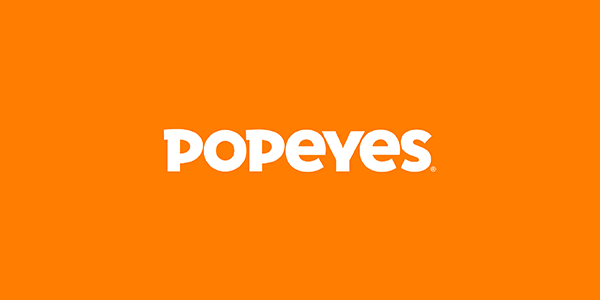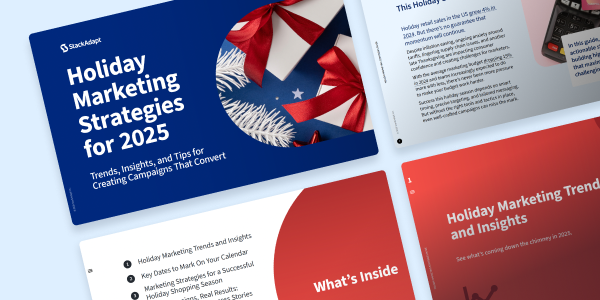AI and Audience Intelligence: From Guesswork to Precision at Scale

TL;DR — AI and Audience Intelligence
- From demographics to intent: Modern marketing success depends on understanding behaviours, context, and real-time intent—not just traditional demographic data.
- AI as the strategic edge: Combining AI with audience intelligence delivers sharper targeting, higher ROI, and reduced media waste through dynamic personalization and contextual placement.
- Data as a boardroom asset: Clean, consented, and well-governed first-party data is essential; poor data quality or noncompliance under GDPR/CCPA risks financial and reputational damage.
- Upskilling teams for AI: Marketers need new capabilities in prompt structuring, data storytelling, and ethical governance to fully leverage AI’s potential.
- From pilots to performance: AI in marketing has moved past experimentation—brands that operationalize it now will set the pace in efficiency, trust, and market leadership.
Advertising used to be about finding the “right demographic”: gender, age range, income bracket.
For senior marketers today, that level of targeting is no longer enough. With budgets under scrutiny and consumer expectations at an all-time high, the real competitive edge lies in understanding behaviours, intent, and context. In other words, what customers are thinking, doing, or reading in the moment.
The data backs this up:
- Nielsen has shown that combining contextual and behavioural data creates a “more complete picture” for targeting than either alone.
- The global audience intelligence platform market is projected to nearly triple, from $4.46 billion in 2024 to over $11.21 billion by 2029—a clear signal of the demand for tools that unlock not just segments, but subtle signals that drive performance.
For senior marketing leaders, the question is no longer if AI should play a role in audience intelligence, but how quickly it can be deployed to sharpen targeting, reduce waste, and prove ROI at the boardroom level.
This blog explores how AI is transforming audience intelligence into a strategic advantage (redefining targeting, personalization, and performance) and why those who move first will set the pace for the industry.
Data And Audience Intelligence
For senior marketers, data can no longer be treated as a back-office detail. It’s a boardroom asset that drives strategy, informs investment decisions, and underpins customer trust. The quality of that data determines not just campaign performance, but brand reputation.
Poor data has consequences far beyond wasted impressions. It can create compliance failures, expose bias in targeting, or lead to missteps that damage consumer trust.
As Jeremy Lo, Managing Director at AlikeAudience, put it on The AI Advertising Podcast: “It starts with the source. Not the AI.”
If the inputs are inconsistent, outdated, or ungoverned, even the most advanced AI systems will produce unreliable outputs.
The regulatory stakes are also rising. Under GDPR in Europe and CCPA in California, brands are directly accountable for how data is collected, stored, and applied. Fines can reach into the millions, but the greater cost is often reputational. Mishandled data erodes consumer confidence and creates headlines no CMO wants to explain to the board.
Treat data governance and quality assurance as strategic priorities. That means investing in clean, consented, and timely 1st-party data, and establishing oversight processes that make data use both compliant and defensible.
In an AI-driven landscape, data is a risk factor that must be managed with the same rigour as financial or legal assets.
From Guesswork to Scalable Personalization
For years, marketers relied on broad demographic targeting and a limited set of creatives, essentially making educated guesses about what might resonate. The result was high media waste and inconsistent performance.
Today, AI paired with dynamic creative optimization (DCO) is changing that equation, unlocking hyper-relevance at scale without the need to scale headcount.
Generative models can now create hundreds of ad variations in real time, while DCO ensures the right combination of copy, imagery, and format is served to each audience segment. Instead of waiting for quarterly creative refreshes, campaigns continuously adapt based on live signals.
StackAdapt’s Page Context AI takes this further by placing ads in environments where audiences are most receptive. Rather than relying solely on historical identity data, it analyzes the context of the page itself, matching a brand’s message with content that aligns with the consumer’s mindset in the moment. This reduces wasted impressions while increasing the likelihood of engagement.
The business case is that greater relevance delivers higher ROI, less media waste, and stronger brand experiences.
For senior marketing leaders, this means achieving personalization at scale without ballooning creative teams or budgets. In an era of tighter spend and heightened accountability, that operational efficiency is a genuine competitive advantage.
The New Skills Marketing Leaders Need on Their Teams
To extract real value, senior leaders need to embed AI literacy across the organization—from strategy and analytics to media buying and creative. The goal is not to replace people with tools, but to upskill teams so they can partner effectively with AI systems.
Prompt Structuring
Teams need to understand how to frame AI inputs to generate actionable, not generic, outputs.
A well-structured prompt can uncover audience insights or creative variations that directly inform campaign strategy. Done poorly, it wastes time and risks misalignment with brand voice.
Data Storytelling
AI generates patterns and predictions, but decision-makers, especially at the board level, need narratives.
Marketing leaders should foster data storytelling skills, so teams can translate complex insights into clear, persuasive stories about market trends, campaign ROI, or customer behaviour.
Governance and Ethical Use
As AI systems influence more customer touchpoints, governance becomes a frontline skill.
Teams must know how to operate within compliance frameworks like GDPR and CCPA, spot bias in AI outputs, and escalate risks before they become liabilities. Ethical literacy should be seen as risk management, not red tape.
Test-and-Learn Culture
Finally, AI is not a “set and forget” technology. Its effectiveness depends on human oversight. Leaders should encourage experimentation, regular auditing, and human-in-the-loop review to make sure outputs stay relevant and brand-safe.
Teams that test, learn, and adapt will maximize AI’s strengths while safeguarding against its blind spots.
For senior marketers, the bottom line is this: AI won’t replace your people, but people who can work effectively with AI will outperform those who can’t.
From Pilots to Performance
The marketing function is ultimately judged not by experimentation, but by its business impact.
In an environment of tighter budgets and higher expectations, leaders cannot afford to treat AI as a side project. The technology has moved beyond pilot programs. AI in audience intelligence is now operational, shaping real campaigns and delivering measurable ROI.
The advantage lies with those who act decisively. Brands that deploy AI to refine targeting, personalize at scale, and govern data responsibly will gain efficiency, protect trust, and outpace competitors still relying on guesswork.
For senior leaders, the call is clear: it’s time to move from testing to performance.
Explore StackAdapt’s AI-driven audience intelligence platform to run compliance-safe, high-performance campaigns that not only capture market share but also earn boardroom confidence. Request a demo today to find out more.






